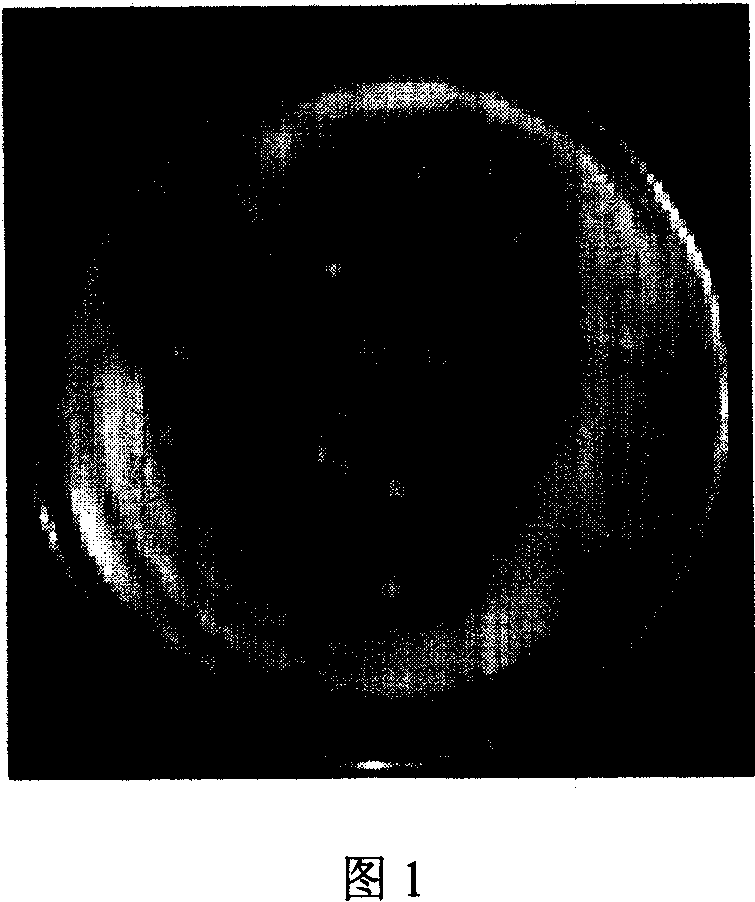Low power microwave irradiation process for breeding lactic acid bacteria
A technology of microwave irradiation and lactic acid bacteria, which is applied in the field of breeding, can solve the problems of high heat lethality, elevated strain temperature, and low gene mutation rate
- Summary
- Abstract
- Description
- Claims
- Application Information
AI Technical Summary
Problems solved by technology
Method used
Image
Examples
specific Embodiment approach 1
[0005] Specific embodiment one: a kind of low-power microwave irradiation lactic acid bacteria breeding method realizes through the following steps in the present embodiment: (1) bacterial strain adopts freeze-dried bacterial classification activation method to activate, then puts into liquid culture medium and cultivates 24~30 (2) In a sterile room, transfer 9 to 11 mL of bacterial suspension from the liquid culture medium into a 20 mL sterile centrifuge tube, then centrifuge at a speed of 3000 to 3500 rpm, and wash with sterile water for 2 to 3 times, centrifuge for 10-15 minutes each time; (3) Take 9-12 mL of the washed bacterial suspension and transfer it into a test tube, put the test tube containing the bacterial suspension into a device with water circulation and cooling at room temperature, and use Low-power microwave irradiation, the frequency of low-power microwave irradiation is 2450MHz, the power is 325-380W, and the time is 12-15 minutes, and the low-power microwav...
specific Embodiment approach 2
[0007] Embodiment 2: The difference between this embodiment and Embodiment 1 is that in step (1), the activated bacterial strain is put into a liquid medium and cultured for 26-28 hours. Other steps are the same as in the first embodiment.
specific Embodiment approach 3
[0008] Embodiment 3: The difference between this embodiment and Embodiment 1 is that in step (1), the activated bacterial strain is put into a liquid culture medium and cultured for 27 hours. Other steps are the same as in the first embodiment.
PUM
 Login to View More
Login to View More Abstract
Description
Claims
Application Information
 Login to View More
Login to View More - R&D
- Intellectual Property
- Life Sciences
- Materials
- Tech Scout
- Unparalleled Data Quality
- Higher Quality Content
- 60% Fewer Hallucinations
Browse by: Latest US Patents, China's latest patents, Technical Efficacy Thesaurus, Application Domain, Technology Topic, Popular Technical Reports.
© 2025 PatSnap. All rights reserved.Legal|Privacy policy|Modern Slavery Act Transparency Statement|Sitemap|About US| Contact US: help@patsnap.com


